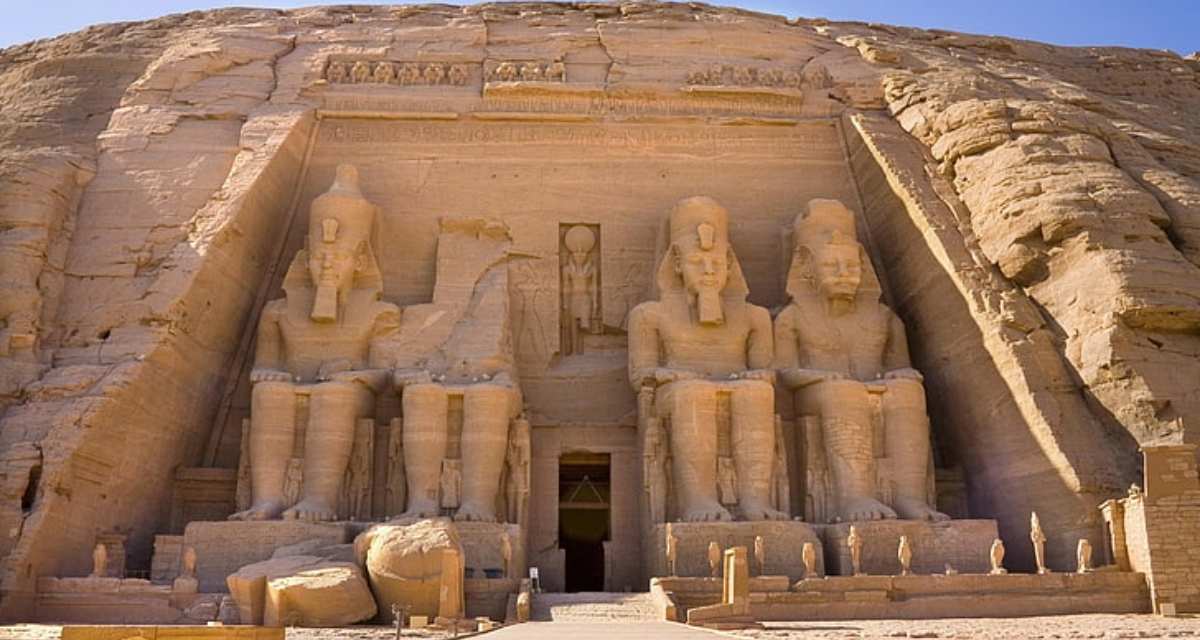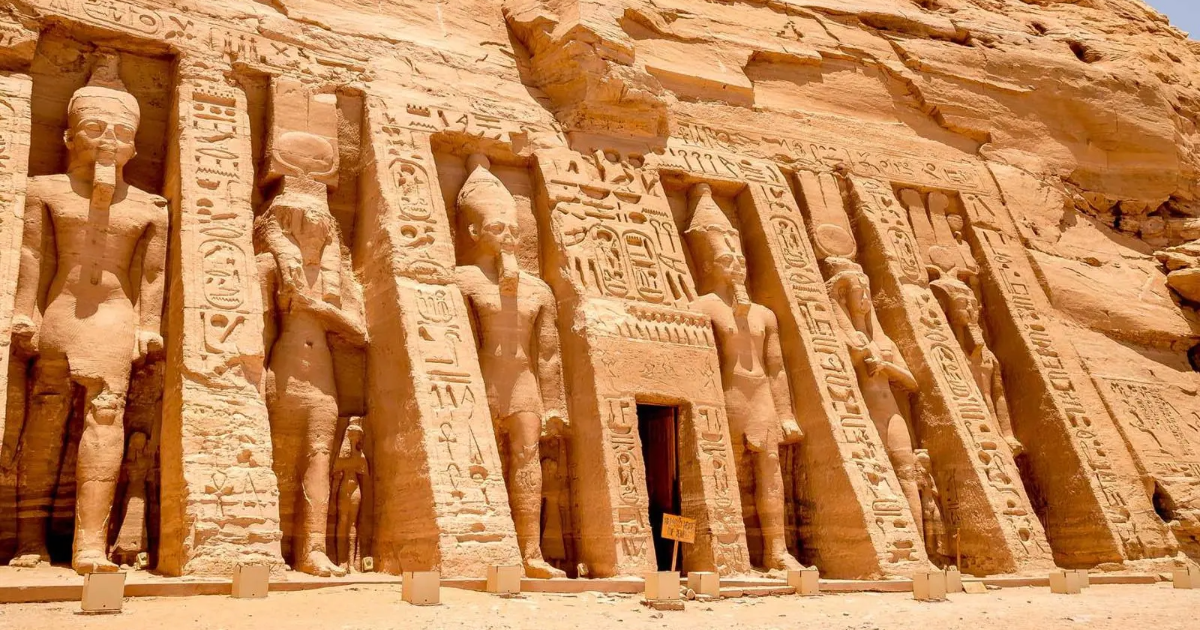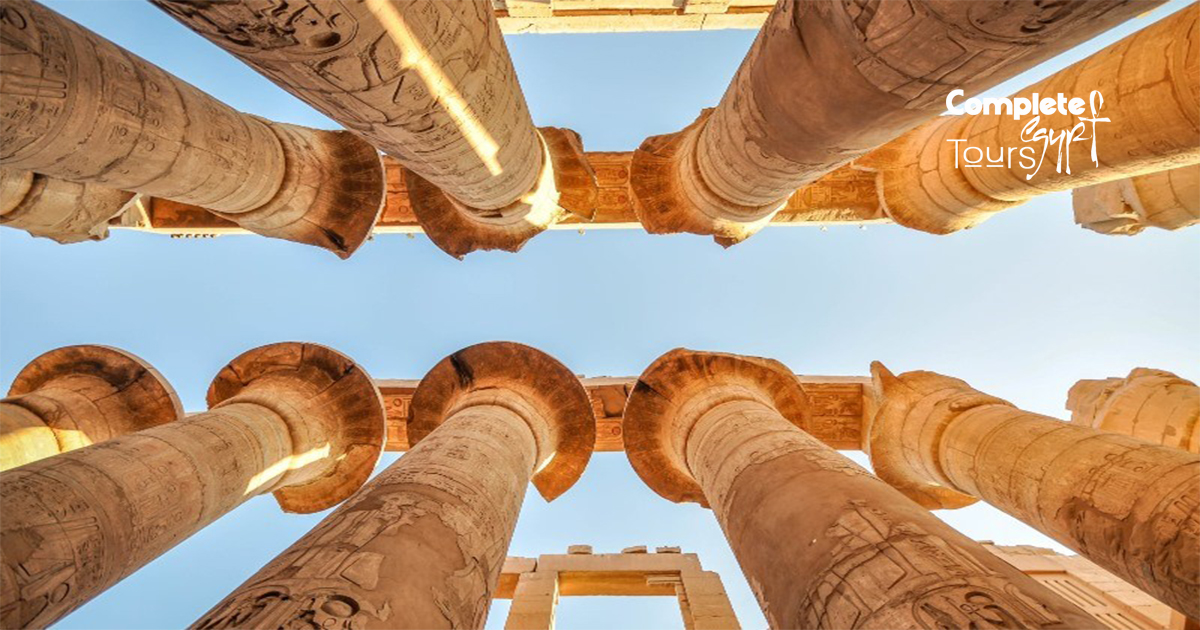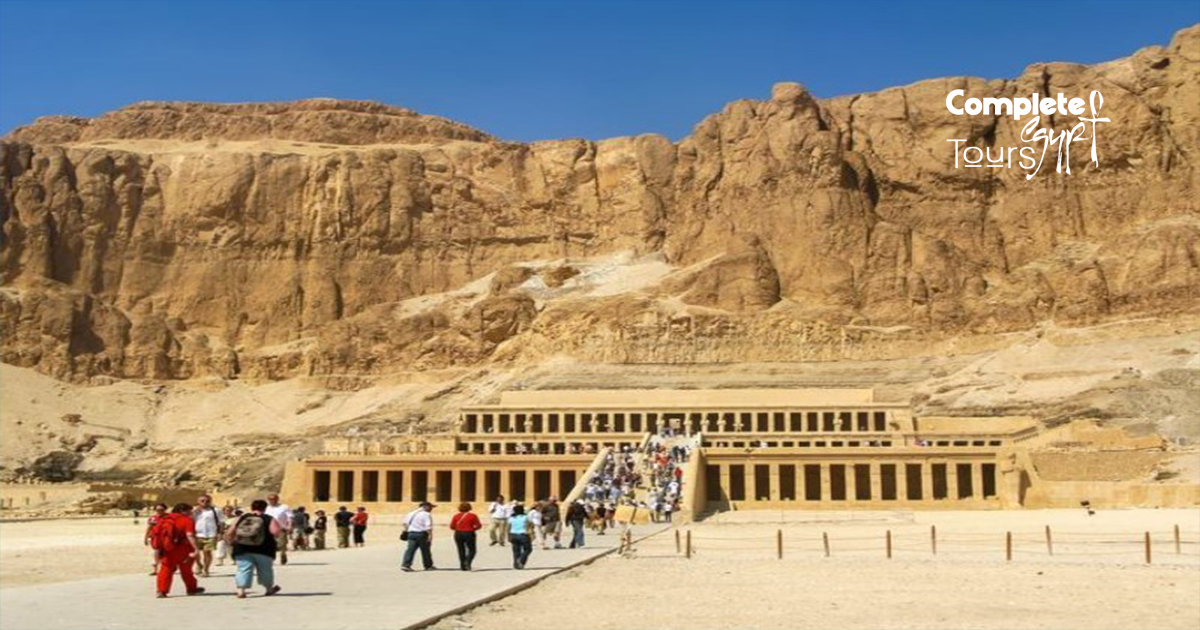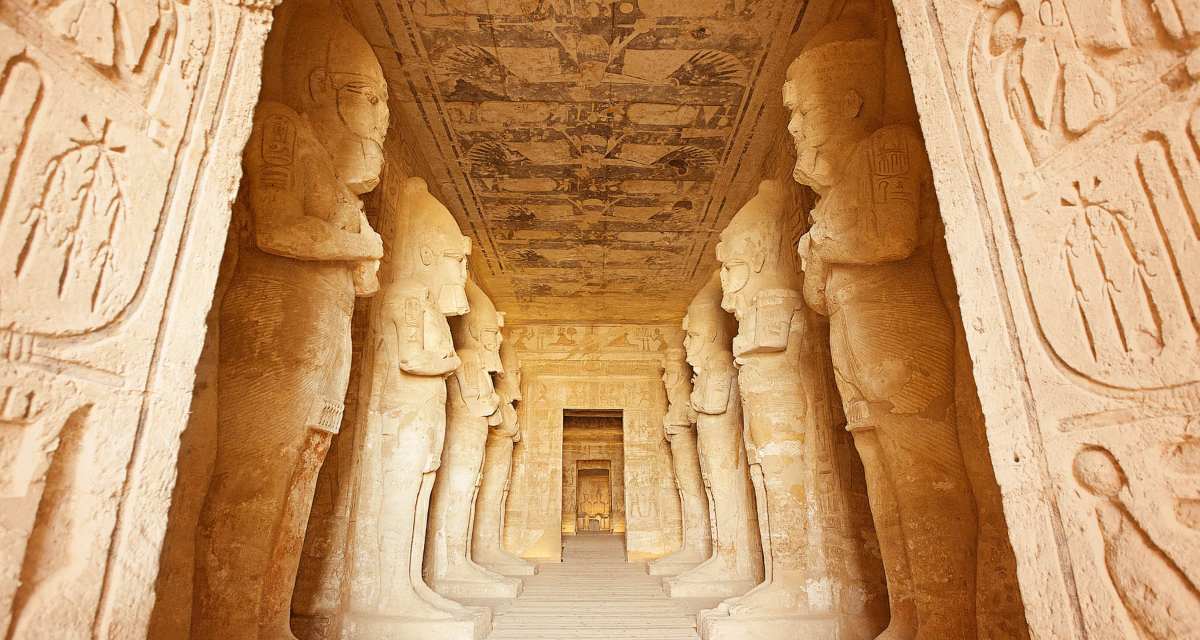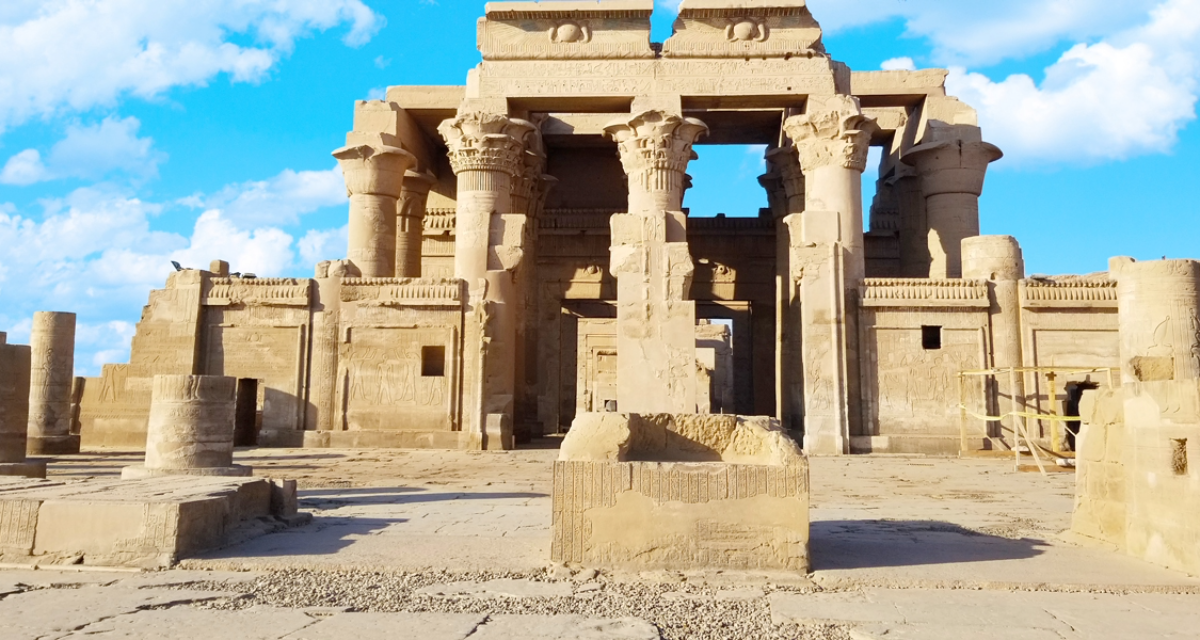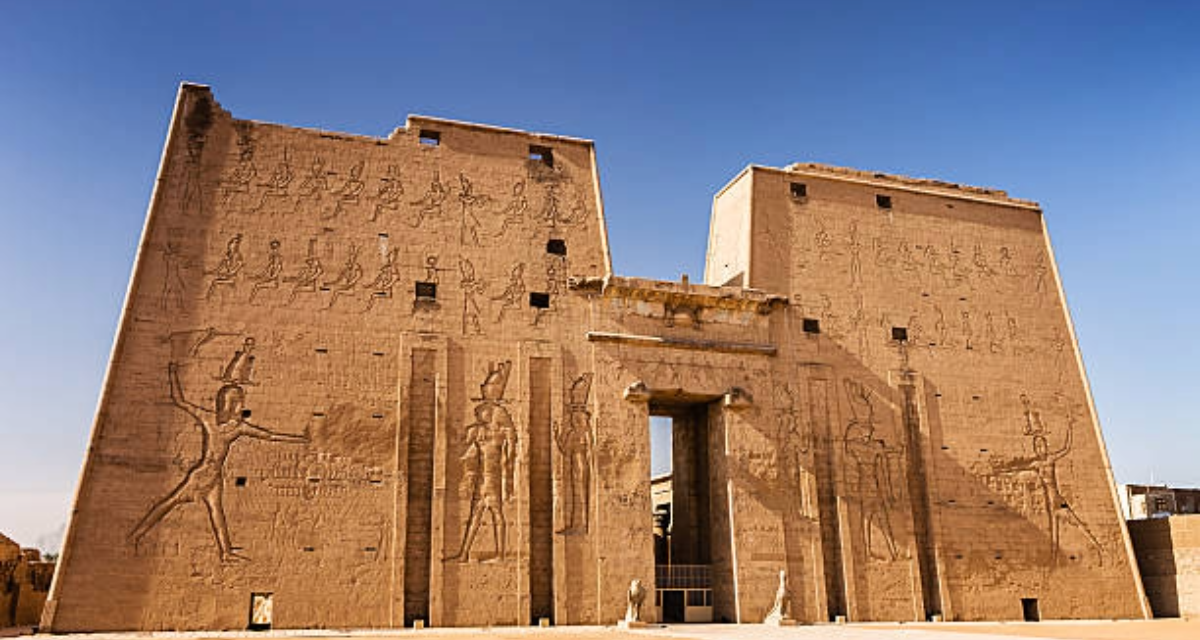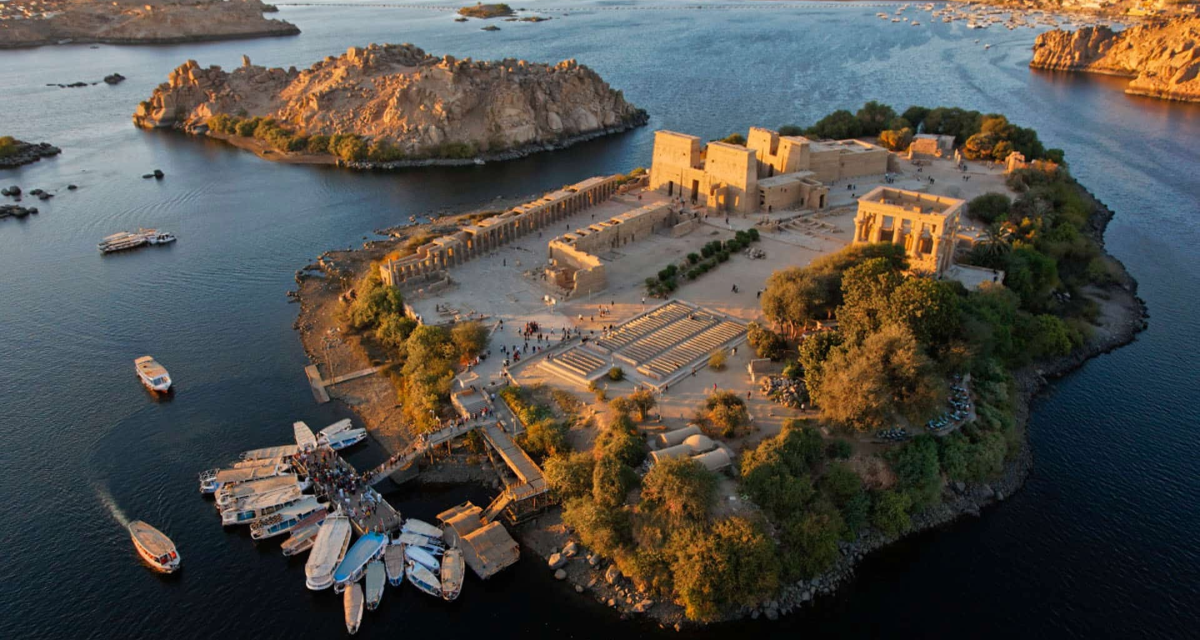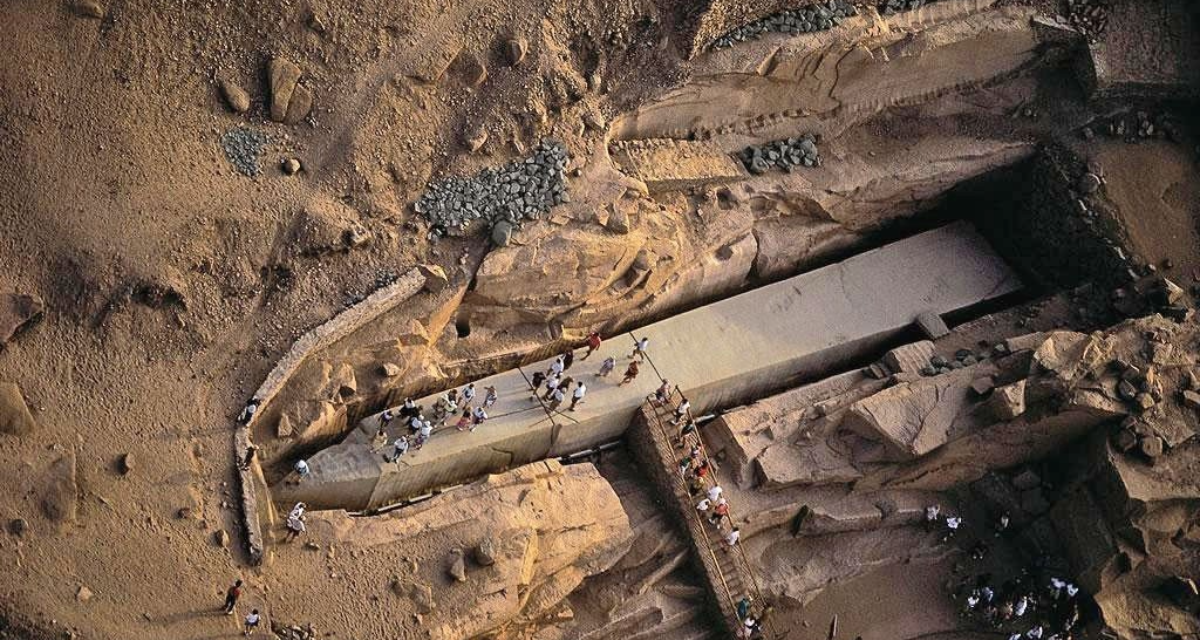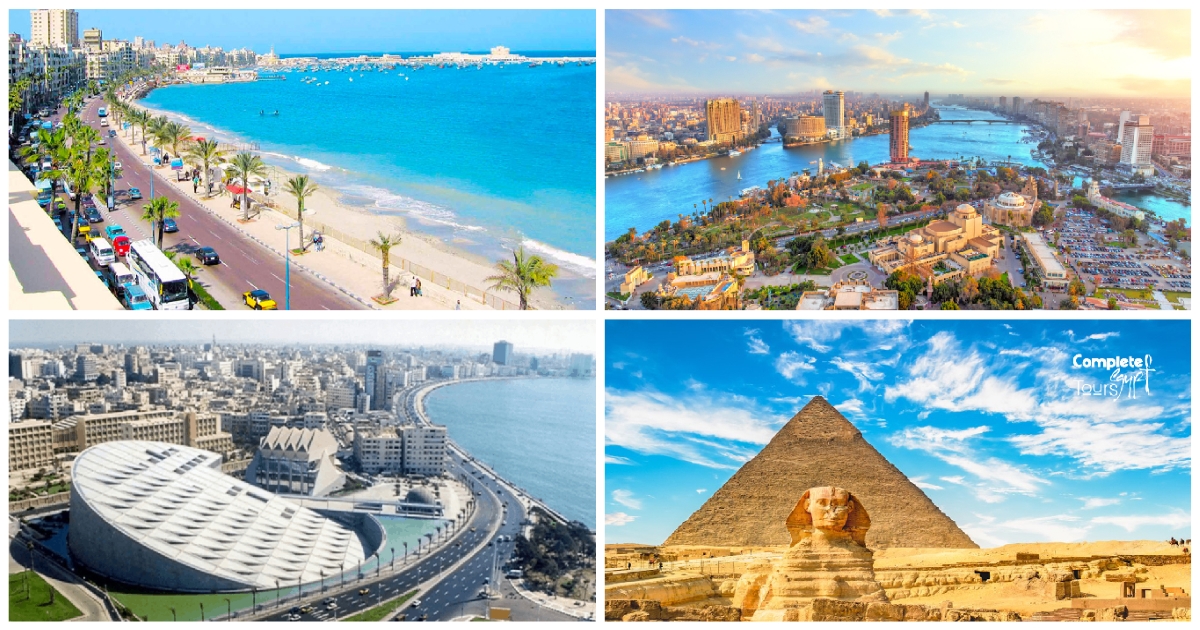Overview
Travel from Hurghada to discover Luxor, Aswan and Abu Simbel by Private a high-class air-conditioned vehicle on a three day sightseeing tour.
01
Day 1: Luxor
You will visit the Temple of Karnak. This city of temples was built over 2000 years. The main three temples are dedicated to Amon, Mut and Khonsu. For the largely uneducated ancient Egyptian population this could only have been the place of the gods. Karnak Temple is the largest of all religious buildings and a place of pilgrimage for nearly 4,000 years. Visit the Temple of Luxor close to the Nile and parallel with the riverbank. King Amenhotep III who reigned 1390-53 BC built this beautiful temple and dedicated it to Amon-Ra, King of the Gods, his consort Mut, and their son Khonsu.
Cross the Nile to the West Bank and admire the Colossi of Memnon, then enter the legendary Valley of the Kings, where you will visit the tombs of three great pharaohs. Finally, admire the large courtyards and intricate hieroglyphic decorations of the Temple of Queen Hatshepsut. Your Egyptologist guide will introduce you to the history of the temple and relate the story of Queen Hatshepsut, the famous female ruler of Egypt who posed as a male to gain the throne. the end of the day we will pick you up to enjoy dinnr and to the hotel accommodation.
02
Day 2: Aswan
Aswan, a city on the Nile River, has been southern Egypt’s strategic and commercial gateway since antiquity.
You will visit Temple of Kom Ombo, The site gets its name from Arabic kum ‘mound’, a term found in the names of many archaeological sites, and ‘Ombo’, which ultimately derives from ancient Egyptian Nubt, interpreted as meaning ‘the golden (city).’ The city’s temple is dedicated to two deities: the crocodile god Sobek, and the falcon god Har wer (Horus the Elder). Although an earlier temple once stood here already during the New Kingdom (c. 1550–1069 BC), the present structure was built during the Graeco-Roman Period (332 BC–395 AD), with the earliest attested royal name in it being Ptolemy VI Phallometer’s (180–145 BC). Most of the decoration was completed by Ptolemy XII Neos Dionysos (80–51 BC).
Edfu Temple
Edfu Temple is one of the most striking and complete of ancient Egyptian temples and is dedicated to the worship of the god Horus. Situated on the western bank of the Nile, its construction began during the reign of Ptolemy III (246–221 BC) in 237 BC, but was completed in the reign of Ptolemy XII (80–51 BC) in 57 BC, 180 years later.
The temple remained buried under layers of settlement debris for millennia, which is why its architectural and decorative elements have survived so well. In 1860 the French archaeologist Auguste Mariette uncovered and restored parts of the temple.
Edfu Temple
Edfu Temple is one of the most striking and complete of ancient Egyptian temples and is dedicated to the worship of the god Horus. Situated on the western bank of the Nile, its construction began during the reign of Ptolemy III (246–221 BC) in 237 BC, but was completed in the reign of Ptolemy XII (80–51 BC) in 57 BC, 180 years later.
The temple remained buried under layers of settlement debris for millennia, which is why its architectural and decorative elements have survived so well. In 1860 the French archaeologist Auguste Mariette uncovered and restored parts of the temple.
Philae
The monuments of Philae include many structures dating predominantly to the Ptolemaic Period (332–30 BC). The most prominent of these is a temple begun by Ptolemy II Philadelphus (285–246 BC), which he dedicated to Isis, the mother of Horus, the god of kingship. A scene in the mammisi, or birth room, where the birth of Horus was celebrated, depicts Isis suckling her son Horus in the marshes.
The temple of Isis was one of the last ancient Egyptian temples to remain active, as it continued to function until the reign of the Byzantine Emperor Justinian I (527–565 AD), who ordered the foreclosure of all pagan temples. It is here that a priest of Isis named Esmet-Akhom carved the very last dated hieroglyphic inscription, which dates to the late 4th century AD (394 AD).
All these monuments were relocated from the original Philae island to the nearby island of Agilkia during the UNESCO Nubia Campaign in the 1960’s to rescue sites flooded by the construction of the Aswan High Dam.
The Unfinished Obelisk
The Unfinished Obelisk was discovered in the early twentieth century after it had been covered by sand for thousands of years. It remains as you see it today in one of the Aswan quarries, famous for its supply of hard and high-quality stone. Believed to have been commissioned by Hatshepsut (c. 1473–1458 BC) for the temple of Amun in Karnak, work was abandoned because of flaws in the stone and the presence of multiple fissures. Had it been finished, it would have weighed 1168 tonnes, and stood at a height of around 42 meters, taller than any other ancient Egyptian obelisk.
The High Dam
High Dam is considered the greatest and largest engineering project of the twentieth century from an architectural and engineering point of view, superior to other giant global projects.
The High Dam was built to protect Egypt from the high floods that were occurred in Egypt and drowning large areas in it, and to conserve water that was wasted in the Mediterranean.
The Dam is 11,811 feet long, 3215 feet thick at the base and and 364 feet tall.
Today it provides irrigation and electricity for the whole of Egypt and, together with the old Aswan Dam built by the British between 1898 and 1902`, 6km down river, wonderful views for visitors.
03
Day 3: Abu Simbel
The Great Temple of Abu Simbel, in Nubia near Egypt’s southern border, is among the most awe-inspiring monuments of Egypt. It was cut into the living rock by King Ramesses II (the Great) of the Nineteenth Dynasty, around 1264 BC. The temple is most well known for the four imposing seated colossal statues that dominate its façade. One of these collapsed because of an ancient earthquake, and its fragments can still be seen on the ground.
Colossal standing statues of the king line the main hall, leading to the sanctuary where four deities are sat: Amun Ra, Ra Horakhty, Ptah, and a deified version of Ramesses II. The temple was built with such precision that on two days a year, the 22nd of February and 22nd of October, the sun’s rays enter the temple, cross the main hall, and illuminate the innermost statues.
Another rock-cut temple to the north, known as the Small Temple, is dedicated to the goddess Hathor and Ramesses II’s Great Royal Wife, Queen Nefertari. On the façade of the Small Temple, her colossi are the same size as those of her husband, a very rare example of such display.
The two temples were moved from their original location in 1968 after the Aswan High Dam was built, as it threatened to submerge them. The relocation was completed thanks to an international effort led by UNESCO, and the temple was admitted into its list of World Heritage Sites in 1979.
